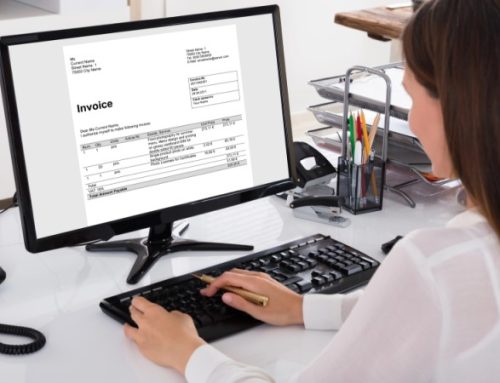The popular photo platform Flickr announced at the beginning of April that it would introduce automated image verification. This is its reaction to the current discussion about copyright on the Internet. An ideal time to take a look at the current state of copyright law, especially in connection with cloud computing.
What is copyright?
Copyright describes the right to the protection of one’s own intellectual property. It also determines who may use this property without restriction. Copyright law was enacted in Germany in 1965 and came into force in 1966.
Copyright – and its limits
For an author to be able to protect his work under copyright law, four basic conditions must be fulfilled:
This means that the possible range of protected works extends from texts to music files to code. If these four conditions are met, the works may not be reproduced, distributed, edited or publicly reproduced without the consent of the author.
The limits of copyright law
In copyright law, there are a number of so-called “barrier provisions”. These are regulations that apply in exceptional cases and are intended to facilitate access to works protected by copyright under certain conditions. These exceptions include, for example, current media coverage, the reproduction of a work as a quotation and the use and reproduction of works located in public places. All in all, however, these exceptions are rather limited; in case of doubt, the judge in German law rather decides in favour of the author.
The controversial form of copyright
On 15.04.2019 the hotly discussed copyright form was decided. Thus comes, despite all protests, the reform of copyright. Germany has also voted yes, but with a legally non-binding amendment according to which upload filters should nevertheless be avoided. Now the EU countries have two years to transpose the rules into national law.
Own vs. foreign data
For the upload in the cloud, it makes a decisive difference whether own or third-party data is uploaded. Whoever is the sole author of a work, for example the author of a text, does not have to observe any other legal regulations. You have to take copyright into account if you also store third-party files using cloud computing. These protected works can also include simple texts, graphics or presentations to which you grant access that was not intended by the author.
Copyright responsibility in the cloud
The responsibility for the shared data currently lies not with the provider of the cloud service, but with the user who provides the (extended) access. This means that each user is responsible for ensuring that the relevant copyrights and copyrights are observed. This also distinguishes providers of cloud services from publicly accessible online platforms such as YouTube and Flickr. Against the background of data protection, it is nevertheless advisable to take a look at the cloud provider’s terms of use. Here is a detailed list of what cloud providers can do with the uploaded data.
Difference in authorship between private and public clouds
Not only the authorship of the data stored in the cloud makes a difference, but also the intention. If the data is stored by the user in the private cloud, the legislator speaks of “private storage use on the Internet without display”. This means that data is stored in a private cloud in exactly the same way as on a local hard disk or on USB sticks.
The case becomes more complex if you upload information in a public cloud and share it with other users. Especially if it’s not just a private circle of relatives and friends. One of the permitted limitations of copyright law is the creation of copies for private purposes (private copying). However, this no longer applies to the further distribution of third-party works to a third party via cloud services.
TeamDrive has the character of a private cloud
TeamDrive behaves like a private cloud. This means that only the owner of a Space has access via his Spaces and therefore via his files. All data stored in the TeamDrive cloud is never readable by third parties. Also not for search engines or other processes that are not controlled by the user.




